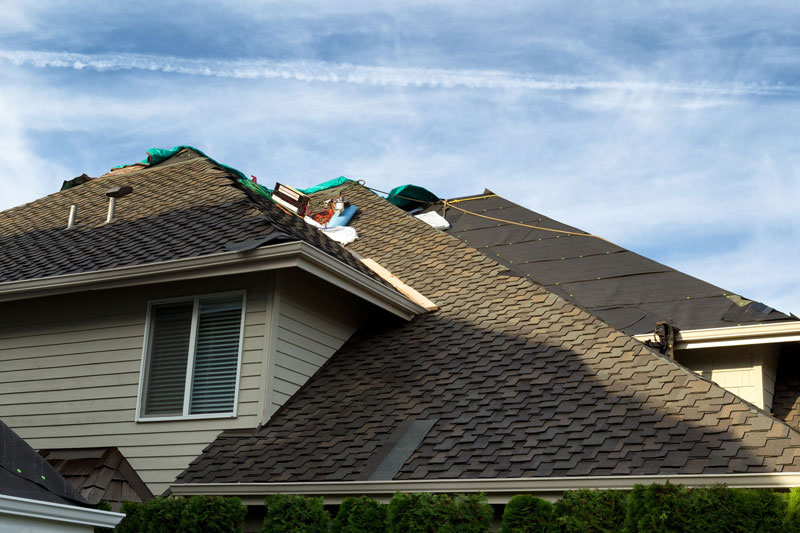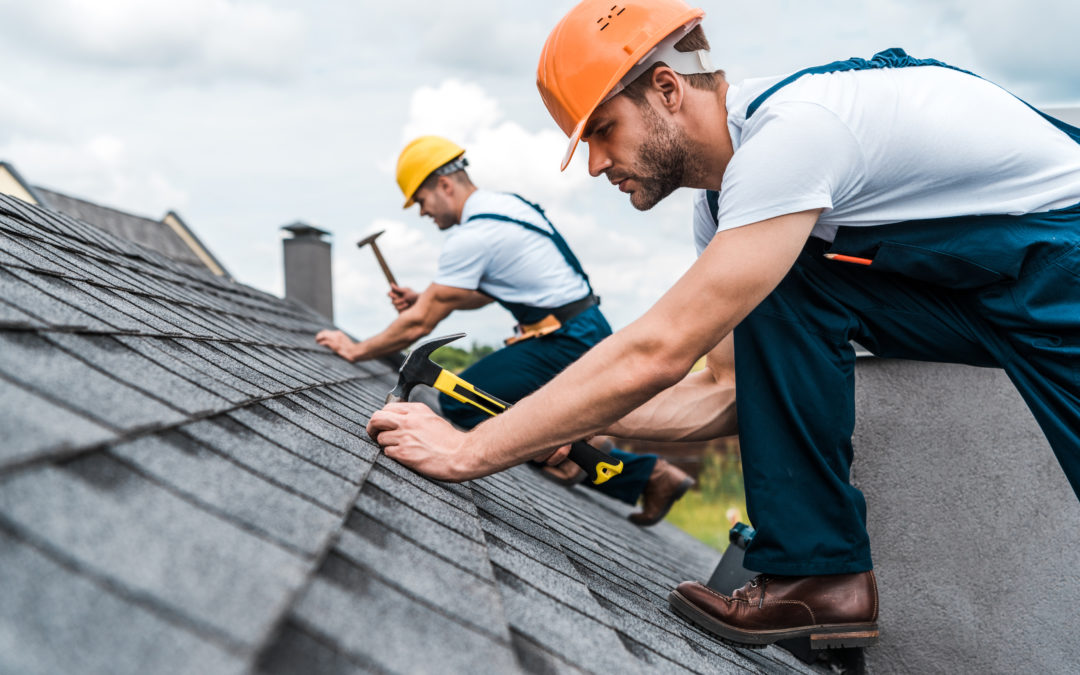Roofing Contractor Providers: Get a Solid and Secure Roof for Your Home
Wiki Article
Examining the Best Roof Products for Replacement: A Thorough Evaluation of Sturdiness, Price, and Aesthetic Allure
Choosing the appropriate roofing product for substitute involves a mindful analysis of several important elements, including resilience, expense, and visual appeal. Each option presents distinct benefits and downsides; for example, asphalt tiles are economical yet shorter-lived, while steel roofs promise longevity at a greater financial investment. The visual influence of materials like clay tiles can not be forgotten, regardless of their premium price factor. Recognizing just how these aspects engage can considerably affect the decision-making procedure. As we check out these elements better, the implications for your specific circumstance come to be significantly significant.Overview of Roof Materials
As property owners progressively prioritize durability and energy performance, understanding the various roof covering materials available for replacement comes to be important. The choice of roof covering materials directly influences not only the aesthetic appeal of a home yet additionally its long-term efficiency and maintenance expenses.Among the most common roofing materials are asphalt tiles, metal roof, and tile. Asphalt shingles are preferred for their price and ease of setup, making them a prominent choice for numerous household applications. Metal roof covering, which consists of materials such as steel and aluminum, offers extraordinary resilience and power performance, frequently reflecting warm and reducing cooling expenses. Floor tile roofing, commonly made from clay or concrete, is treasured for its longevity and visual appeal, offering a distinct look that can enhance a home's worth.
Furthermore, more recent products such as synthetic shingles and environment-friendly roof are obtaining traction. Artificial options imitate conventional materials while providing improved resilience and lower upkeep demands. Eco-friendly roofs, which integrate greenery, add to energy effectiveness and biodiversity.
Longevity Assessment
When evaluating roof products for replacement, longevity is an essential element that homeowners should consider. The life expectancy and strength of roof covering materials straight influence lasting upkeep and replacement prices. Various materials exhibit varying degrees of resilience, making it important to comprehend their performance under ecological stressors.Asphalt shingles, while popular for their cost-effectiveness, normally last 15 to thirty years and may require even more frequent substitute as a result of damage from UV direct exposure and extreme weather condition. In contrast, metal roofing supplies amazing longevity, with a lifespan of 40 to 70 years and resistance to wind, fire, and pests. Furthermore, clay and concrete ceramic tiles can withstand rough problems, often lasting longer than half a century, although their weight requires a durable architectural support group.

Cost Contrast
Considering the financial ramifications of roofing materials is vital for house owners intending a substitute. The price of roof covering materials can differ substantially based upon elements such as material kind, installation complexity, and regional prices differences.Asphalt shingles are amongst one of the most affordable options, commonly ranging from $90 to $100 per square (100 square feet), making them a my response preferred choice for budget-conscious home owners. In comparison, steel roofing can cost in between $250 and $700 per square, depending upon the sort of metal and surface picked. While steel roofs tend to have a higher upfront cost, their longevity and power performance may cause cost financial savings with time.
Clay and concrete ceramic tiles are likewise on the greater end of the spectrum, balancing in between $300 and $600 per square. These materials provide sturdiness and visual charm however call for a significant first financial investment.
Lastly, slate roof covering, understood for its extraordinary longevity and timeless appearance, can range from $600 to $1,500 per square, making it the most pricey option. Home owners should consider the initial prices against the anticipated lifespan and upkeep demands of each material to make an educated decision.
Aesthetic Factors To Consider
Aesthetic factors to consider play an important duty in selecting roof materials, as the roofing system dramatically impacts a home's overall appearance and curb appeal. House owners typically seek materials that match their architectural design and boost the aesthetic allure of their home. The shade, texture, and profile of roofing materials can drastically influence the overall aesthetic.Products such as asphalt shingles supply a range of shades and designs, making them a preferred choice for residential jobs. In comparison, metal roof covering offers a sleek, contemporary look and is offered in many finishes that can match contemporary styles. Traditional options like clay tiles or slate can stimulate a timeless sophistication, interesting those who favor classic aesthetic appeals.
Additionally, the combination of roof covering materials with surrounding aspects, such as exterior siding and landscaping, is important. A cohesive shade combination and harmonious structures can you can try these out boost a home's exterior and contribute to its value. Home owners need to likewise take into consideration how the picked roofing product engages with all-natural light, as this can influence the roof's appearance throughout the day. Eventually, picking helpful site cosmetically pleasing roofing products calls for cautious factor to consider of personal preference, building style, and the total vision for the home.
Final Recommendations
Choosing the right roof material can considerably boost a home's longevity and visual allure. roof replacement. Based upon our analysis of durability, expense, and aesthetic factors, we suggest 3 main options for home owners taking into consideration a roofing replacementFirst of all, asphalt roof shingles remain one of the most preferred selection due to their price and adaptability. They offer a good balance of cost-effectiveness and defense, making them perfect for the majority of property applications. However, house owners ought to consider their durability, as they generally last 15 to 30 years.

Last but not least, for those seeking an upscale aesthetic, slate or tile roofing uses unequaled elegance and longevity. These materials come with a high price tag, their life-span can surpass 100 years, making them a worthy investment for deluxe homes.
Inevitably, the very best choice will depend on individual spending plan, visual preferences, and regional climate factors to consider. Property owners must speak with a roofing specialist to evaluate their specific needs.
Verdict
In final thought, choosing the appropriate roof covering material necessitates a careful evaluation of resilience, expense, and aesthetic allure. Asphalt roof shingles offer a cost-efficient service with moderate longevity, while metal roofing stands out in toughness and power effectiveness. Clay and concrete tiles, although costlier, significantly boost visual appeal and endure severe weather. Inevitably, the decision ought to straighten with specific spending plans, design preferences, and regional environment elements, stressing the significance of specialist consultation for notified choices.Report this wiki page